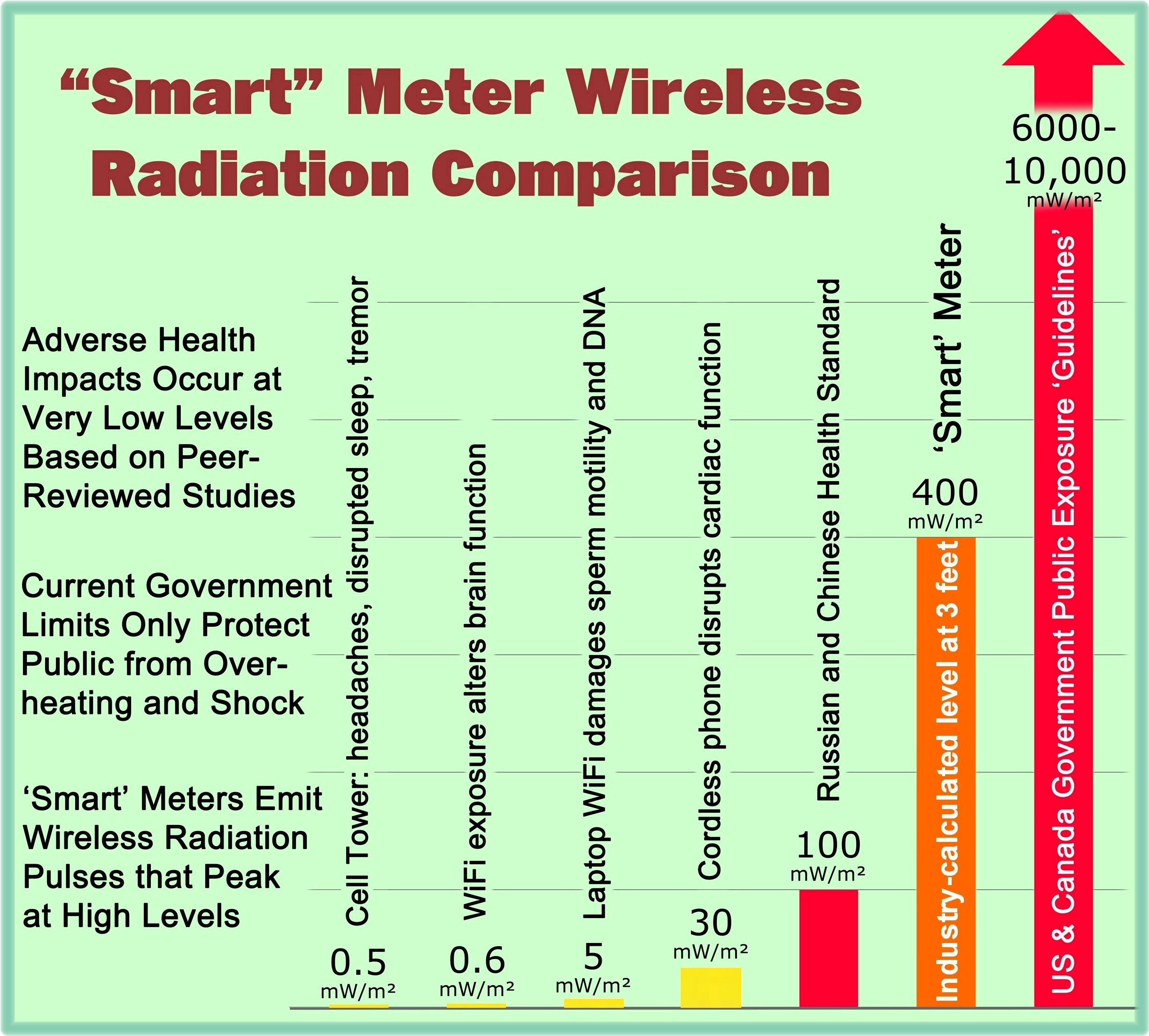Update: IMPORTANT NOTICE: The Journal that published the research highlighted in this blog article has RETRACTED the article from all print and electronic editions. Upon review, an institutional review board approval for the research on which the article is based was found to be lacking. The retraction does not necessarily affect the validity of the research findings and conclusions, but the research should no longer be referenced as being published in a peer-reviewed journal.
Havas Article Retraction 15368378.2014.978190
—————————————————————
 An article, [originally] published in June 2013, entitled, “Replication of Heart Rate Variability Provocation Study with 2.4-GHz Cordless Phone Confirms Original Findings,” would tend to further confirm that Electromagnetic Hypersensitivity (EHS) is a valid syndrome. [Electromagnetic Biology and Medicine, June 2013, Vol. 32, No. 2 : Pages 253-266.]
An article, [originally] published in June 2013, entitled, “Replication of Heart Rate Variability Provocation Study with 2.4-GHz Cordless Phone Confirms Original Findings,” would tend to further confirm that Electromagnetic Hypersensitivity (EHS) is a valid syndrome. [Electromagnetic Biology and Medicine, June 2013, Vol. 32, No. 2 : Pages 253-266.]
What follows is the abstract from the [originally] published article:
“This is a replication of a study that we previously conducted in Colorado with 25 subjects designed to test the effect of electromagnetic radiation generated by the base station of a cordless phone on heart rate variability (HRV).
In this study, we analyzed the response of 69 subjects between the ages of 26 and 80 in both Canada and the USA. Subjects were exposed to radiation for 3-min intervals generated by a 2.4-GHz cordless phone base station (3-8 μW/cm(2)). A few participants had a severe reaction to the radiation with an increase in heart rate and altered HRV indicative of an alarm response to stress.
Based on the HRV analyses of the 69 subjects, 7% were classified as being ‘moderately to very’ sensitive, 29% were ‘little to moderately’ sensitive, 30% were ‘not to little’ sensitive and 6% were ‘unknown’. These results are not psychosomatic and are not due to electromagnetic interference. Twenty-five percent of the subjects’ self-proclaimed sensitivity corresponded to that based on the HRV analysis, while 32% overestimated their sensitivity and 42% did not know whether or not they were electrically sensitive. Of the 39 participants who claimed to experience some electrical hypersensitivity, 36% claimed they also reacted to a cordless phone and experienced heart symptoms and, of these, 64% were classified as having some degree of electrohypersensitivity (EHS) based on their HRV response.
Novel findings include documentation of a delayed response to radiation. Orthostatic [*] HRV testing combined with provocation testing [**] may provide a diagnostic tool for some sufferers of EHS when they are exposed to electromagnetic emitting devices. The protocol used underestimates reaction to electromagnetic radiation for those who have a delayed autonomic nervous system reaction and it may under diagnose those who have adrenal exhaustion as their ability to mount a response to a stressor is diminished.”
* Use of the term orthostatic indicates that one portion of the testing involved each person moving from a supine (lying down) to an upright (standing) position while the heart rate is recorded, creating a mild stress to the body and a head to foot pressure gradient within the cardiovascular system.
** Provocation testing refers to test subjects being exposed to radiofrequency radiation generated by a cordless phone while lying down. Of course, during this testing some exposures were actually real and some were “sham.”
A portion of the Conclusion section of the [previously] published article states:
“Our results show that a considerable percentage of the individuals tested were moderately sensitive to very sensitive to radiation generated by a cordless phone based on HRV, and that their reactions were not psychosomatic. In this doubleblind, sham-controlled study, we document an increased HR [Heart Rate], altered HRV and changes in the sympathetic and parasympathetic control of the ANS [Autonomic Nervous System] similar to our previous study. … Our results demonstrate that the radiation from a 2.4-GHz cordless phone affects the ANS and may put some individuals with preexisting heart conditions at risk when exposed to electromagnetic frequencies to which they are sensitive [emphasis added].”
For more information on the [previously] published article, refer to the link below.
http://informahealthcare.com/doi/abs/10.3109/15368378.2013.776437





I am very interested in this paper, Replication of heart rate variability provocation study with 2.4-GHz cordless phone confirms original findings by Havas in 2013. Now Full text is not available.
Do you have any original file?
I will supply a link for a period of time. The article was retracted for reasons that do not involve technical issues regarding the study itself but (rather) regarding ethics approval regarding research involving human subjects. Nevertheless, since the article was retracted, it is generally not available online … https://wp.me/a3nav9-4g8